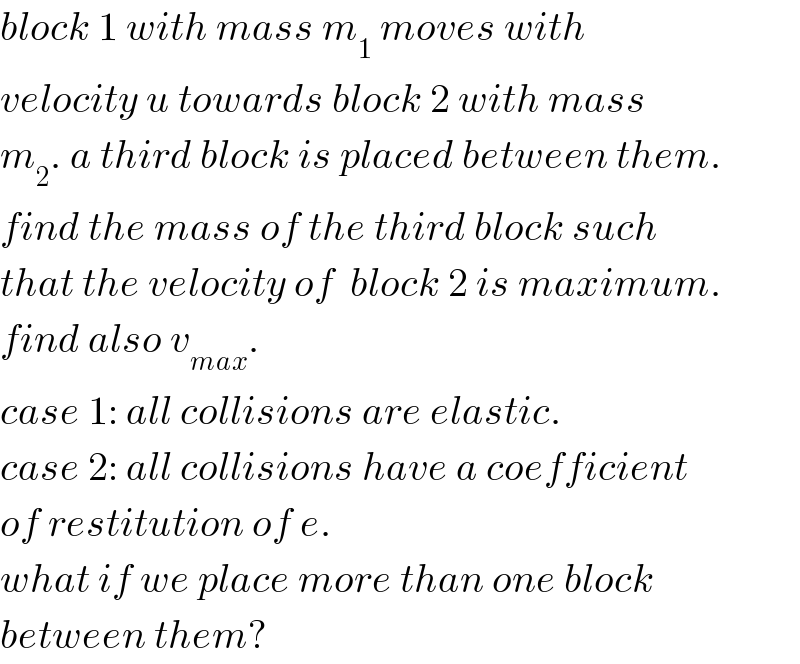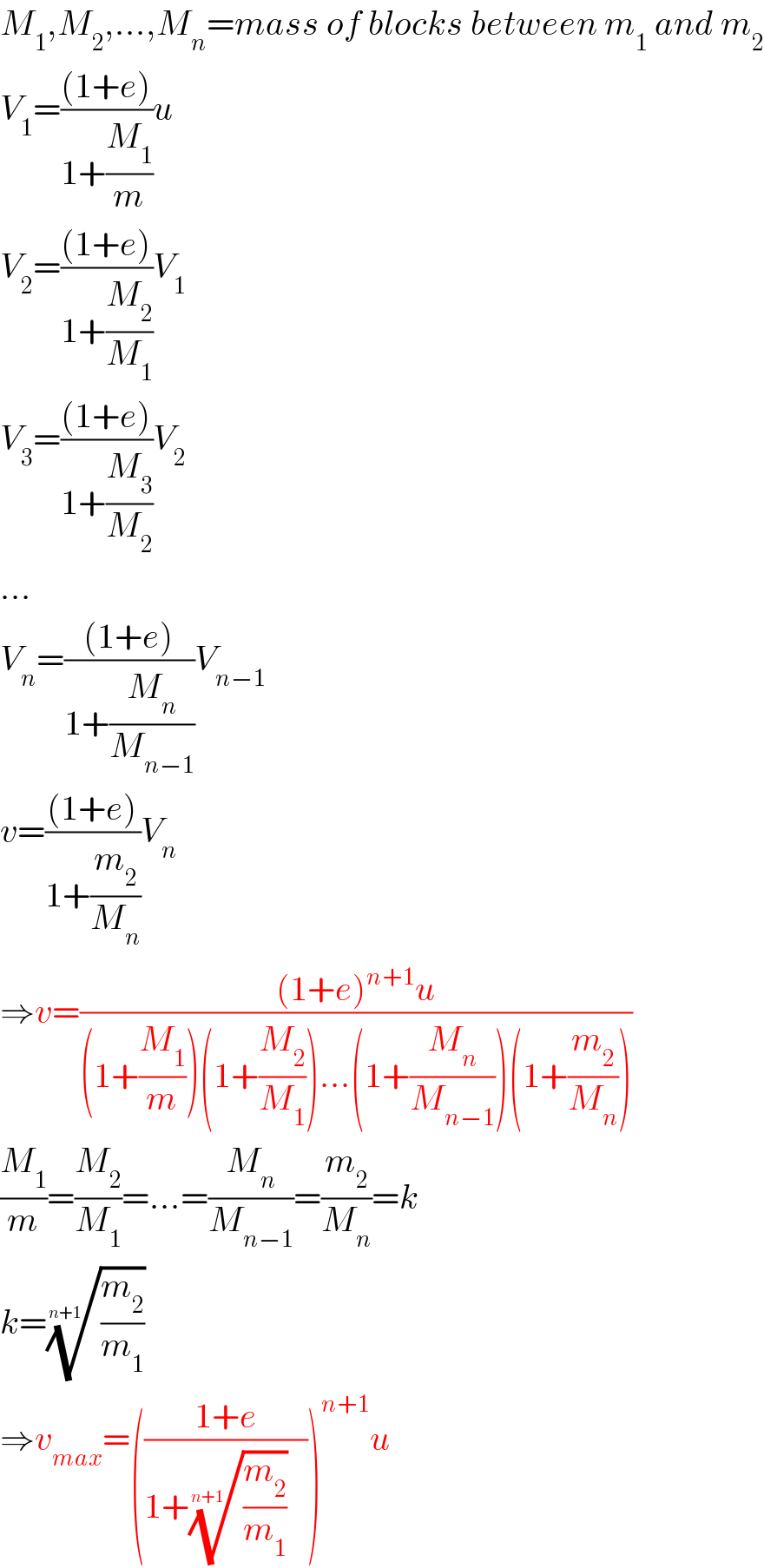
Question and Answers Forum
Question Number 54396 by mr W last updated on 03/Feb/19

Commented by mr W last updated on 03/Feb/19

Answered by mr W last updated on 06/Feb/19

| ||
Question and Answers Forum | ||
Question Number 54396 by mr W last updated on 03/Feb/19 | ||
 | ||
Commented by mr W last updated on 03/Feb/19 | ||
 | ||
Answered by mr W last updated on 06/Feb/19 | ||
 | ||
| ||